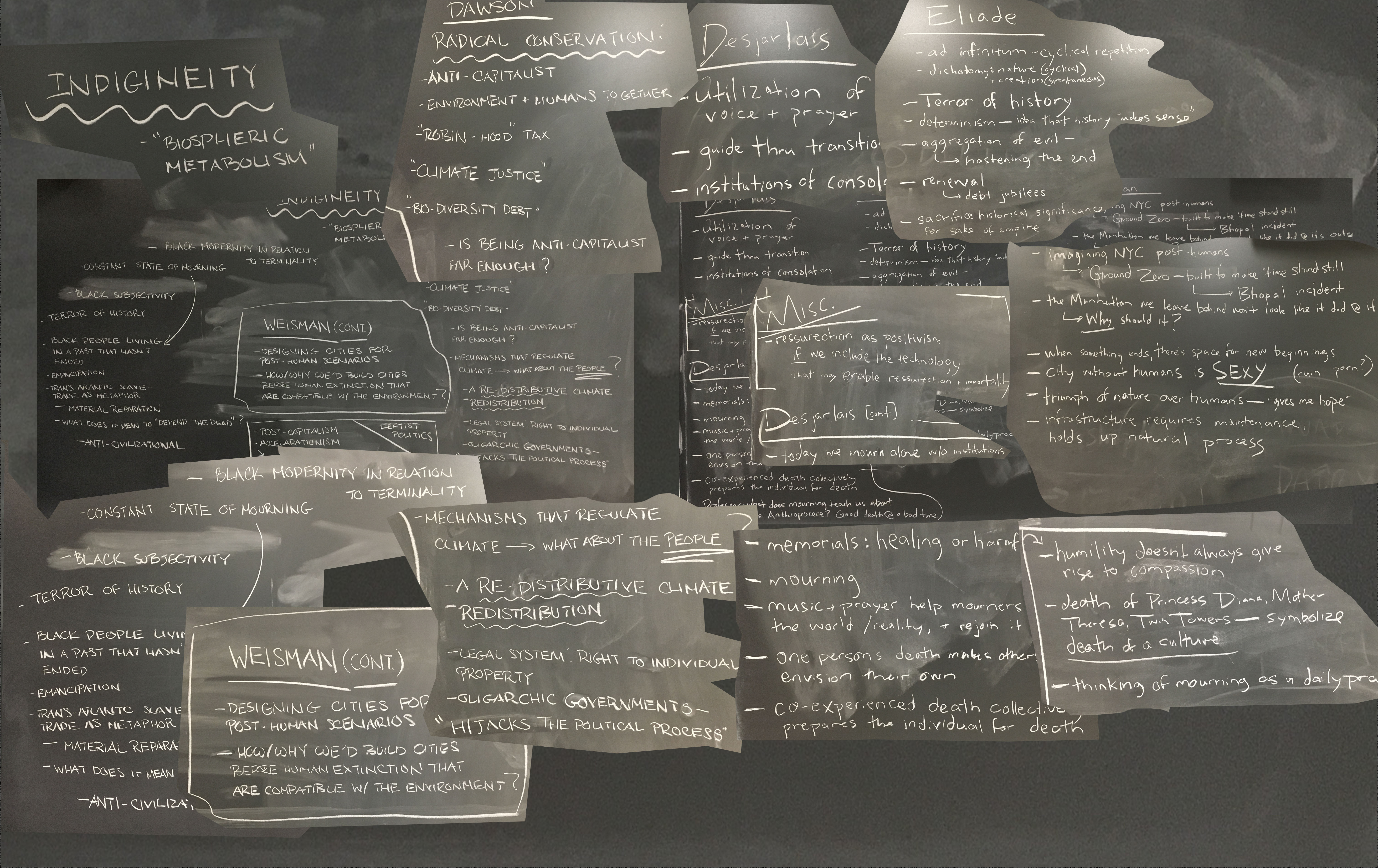From Avondale:
Q: Regarding nuclear warfare and how that affects the clock, how do you differentiate rhetoric and empty threats from a serious potential issue?
A: Essentially, everyone on the board and who decides on the time until midnight is a professional (including 15 Nobel laureates). These professionals discuss and really study what is rhetoric and what is a real threat. It is important to note that one of the most probable ways a nuclear war could begin is misunderstanding and lack of communication – one ‘side’ could just be rhetoric (Donald Trump has many examples of this) and the other side could see this rhetoric as a real threat and attack to prevent an attack on them first.
From Julia:
Q: What is the origin of all of the Doomsday clock and what were the deciding factors of the elements in which were put into it?
A: The Doomsday Clock is a symbol which represents the likelihood of a man-made global catastrophe. Maintained since 1947 by the members of the Bulletin of the Atomic Scientists’ Science and Security Board, the clock represents an analogy for the threat of global nuclear war. It has included catastrophes that could, at the very least, devastate modern civilization, the most important being climate change. Others include tracking trends of nuclear issues, global security, and emerging technology done by a subset of the Bulletin called the Science and Security Board (SASB).
From Miri:
In the context Joseph Masco’s description that the planetary imaginary, which emerges out of studies of nuclear fallout during the Cold War, “relies on the national security state for the technologies, finances, and interests that create the possibility of seeing in this fashion, but also, in a single gesture, exceeds the nation-state as the political form that matters” (The Age of Fallout, 137), it is perhaps interesting that the Bulletin of Atomic Scientists’ 2018 Doomsday Clock Statement directs its suggestions, aimed to alleviate a threat of planetary proportions, to largely national audiences. It seems that while the threats, atomic or otherwise, that the Bulletin seeks to address certainly exceed the nation-state, the solutions that the Bulletin imagines reinforce, rather than transcend, the statist paradigm. This tension prompts questions about who exactly the Bulletin imagines it is researching and writing for, and why this audience is of primary concern.
In response to the question over who the Board understands to be its primary audience, John Mecklin, the editor of the Bulletin’s annual Doomsday Clock Statement, responded that, “the audience is dual.” Mecklin continued, describing the dual sides of this audience as “world leaders” or “decision makers” themselves, and the citizens that may be able to direct their action through public outcry. Mecklin went on to describe how U.S. nuclear policy in the 1980s was informed by protest movements. Though ultimately, Mecklin recognized, “we [the Bulletin] would like just to talk sense to world leaders.” While this is not to diminish the achievements of anti-nuclear activism, or the responsibility of world governments, it seems worthwhile to question the presumptions made by such a framing of nuclear threat. Mecklin’s explanation reinforced the language used in the Statement itself, portraying potential nuclear annihilation as a threat to be mitigated on the national scale. Surely, in part, this is understandable realism. If most nuclear arsenals are in the hands of states, states, then, must be held accountable for the prevention of their own destruction. Limiting understandings of the nuclear threat in this way, however, perhaps over-emphasizes the threat of yet-to-be-detonated nuclear bombs, and fails to recognize the impacts of nuclear explosions and energy generation that are already felt by many across the globe. Appealing to national communities under the presumption of equal ability to respond to nuclear threat occludes dynamics of power that have shaped the current, nuclear, landscape. “I get to go to work everyday,” Mecklin memorably remarked, “trying to save the world, in my point of view.” “In my point of view,” is perhaps the most important phrase here, as Mecklin did little to elaborate on questions of whose world it was he might be saving.
